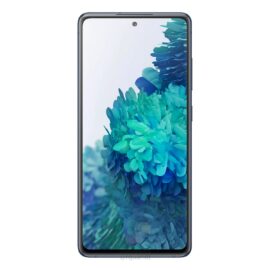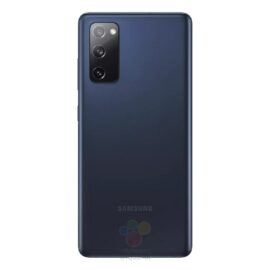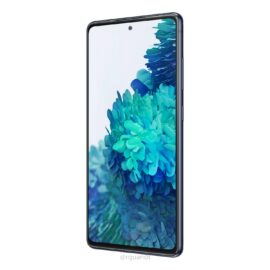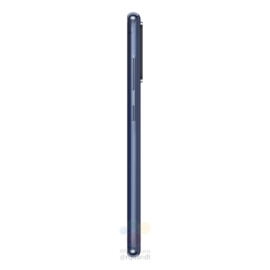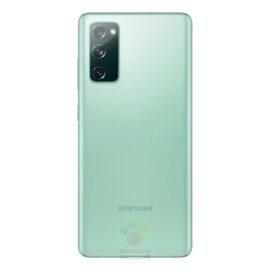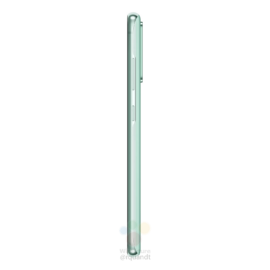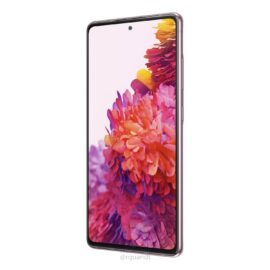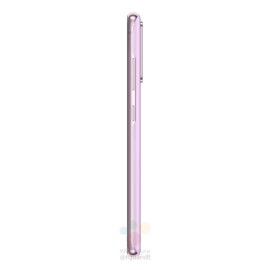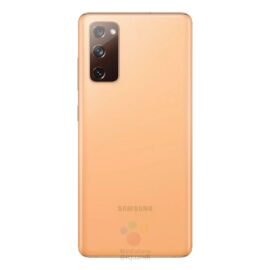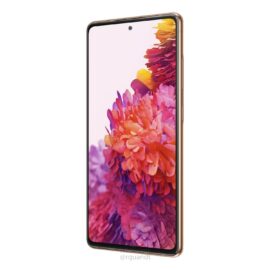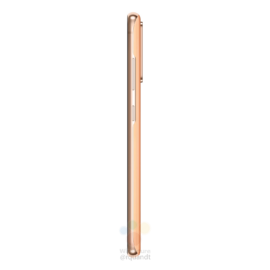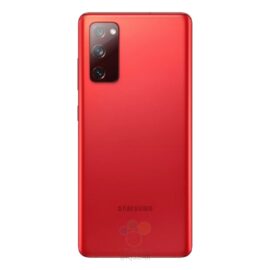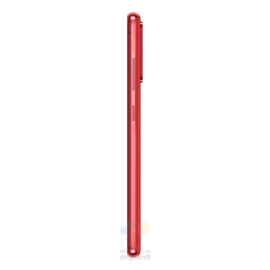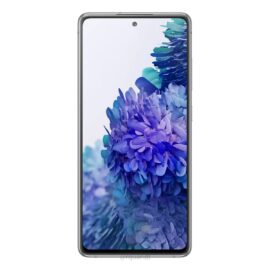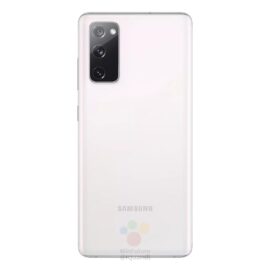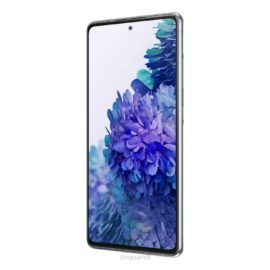Samsung has taken the lead on foldable smartphones. It launched the Galaxy Fold last year and despite its shortcomings, it felt like a much more complete device when compared to something like the Royole FlexPai. The kind of engineering prowess Samsung showed with this device remained unmatched.
Only Huawei was in a position to compete against the Galaxy Fold with the Mate X but its troubles with the US government meant that the device couldn’t really make its way out of China. While Motorola had its heart in the right place when it resurrected the Razr as a foldable phone, it offered too little for too much money.
Samsung was then uniquely positioned to capitalize on this void in the market and it jumped at the opportunity. Less than a year after the Galaxy Fold was released, Samsung came out with the Galaxy Z Flip. The clamshell foldable didn’t really feel out of the ordinary and that was the biggest compliment you could give it. It even happened to be the first smartphone ever to feature an ultra thin glass foldable display. The Z Flip may have had the same form factor as the Razr but it stands so far above Motorola’s effort that there isn’t even a comparison.
Even though a few models have been released so far, the era of foldable phones hasn’t truly begun. Yet some have already written off this form factor primarily based on the fact that tens of millions of units haven’t been sold yet. Market researchers estimate that around 1.7 million units of foldable phones were shipped between September 2019 and June 2020. The Galaxy Z Flip is said to account for the bulk of these shipments.
That’s understandable. For starters, the Galaxy Fold wasn’t widely released, at least not as widely as the Galaxy Z Flip. It was much more expensive, carried the baggage of a botched launch and didn’t quite have the polished feel of its clamshell sibling. These two devices no doubt accounted for the bulk of foldable phone shipments in this period because there wasn’t much else available globally. Huawei could only sell the Mate X in China while the Razr couldn’t really convert all that nostalgia into sales momentum.
The 1.7 million units shipped will obviously seem like a drop in the bucket when compared to the over 1.2 billion smartphones shipped over the past year by companies big and small. Anyone expecting foldables to be an overnight success was only setting themselves up for disappointment. The pandemic hasn’t helped matters as well.
There’s no denying the fact that the sticker shock is real. Most average consumers will think twice before spending $2,000 on a smartphone, especially if it’s one that’s yet to prove its mettle. As if that wasn’t enough, the COVID19 pandemic forced retail stores across the globe to shut down. The economic uncertainty caused by the pandemic has also made people more careful of how they spend their money. New customers who may have been interested in these phones had no way of actually going to a store and playing with a unit before making a decision.
That’s not something we think about when buying the latest Galaxy Note flagship or even Samsung’s latest mid-range 5G phone. We’re familiar with these series, we know what to expect, how the devices will feel and how they’ll hold up to the rigors of our daily use. That’s why whenever a new conventional phone is launched, most customers just go online and buy it without even laying a finger on it first.
We have to understand the fact that this is not something most customers buying their first foldable smartphone would do. They’d prefer getting their hands on the device before making a decision and that’s something we should actively encourage. Nothing will help change customers’ perceptions about foldable phones more. Would Samsung have been able to sell more Galaxy Z Flip units if the world hadn’t gone into a complete lockdown soon after it was launched? Honestly, I think so.
Samsung has made no secret of the fact that it’s fully committed to the foldable form factor. It has put out three different models in less than two years, each better than the last. The Galaxy Z Fold 2 is vastly superior than Samsung’s earlier creations. The company says that it will continue to come out with multiple foldable phones. As technology advances, we can expect these devices to become more affordable and Samsung is already believed to have a budget foldable phone in the pipeline.
There’s a reason why the company is throwing its weight behind a form factor that many still make out to be a gimmick. It stands to benefit not just from being the market leader but also as a supplier. Samsung has created innovative foldable display technologies that it will gladly sell to other manufacturers just like it already sells OLED displays, mobile memory and storage, camera sensors, batteries and more. A thriving foldable smartphone landscape works in Samsung’s favor in more ways than one.
It’s too soon to pass judgement on the success or failure of the foldable form factor. It will take time for a truly competitive market to evolve and there are encouraging signs already. Microsoft is testing the waters with the Surface Duo even though it takes a slightly different approach. Had Huawei been free of its troubles, we’d have seen more from it as well, and it’s only a matter of time before other Android OEMs jump into the fray. Nobody is going to sit idle and let Samsung take the cake for itself.
As much as I’d like Samsung to remain the leader, I’d like the company to experience intense competition in this market. Competition is good. Stronger rivals will push Samsung to up its game. Competition will do a world of good for both advancing the technology and making foldables more affordable. Ultimately, it will be the customer who stands to benefit.
We’re too quick to write off things these days. It will take time for the market to develop. When Samsung launched the first Galaxy Note handset almost a decade ago, many had chalked it up as a flop too, now it’s one of Samsung’s cash cows. Let’s go back even further. When the first multi-touch devices started coming out in the 2000s, companies like BlackBerry remained confident that people wouldn’t give up their QWERTY keyboards. We all know what happened there.
Samsung would never have seen the kind of success it has with the Galaxy Note series if it had listened to the naysayers back then. The iPhone had been on such a tear at the time that any device with a keyboard or a stylus was instantly deemed a failure. By swimming against the tide, Samsung proved to the world that a monolithic approach wasn’t good for the market. Years later, the Galaxy Note series is such a behemoth that it has no direct competitors.
If you’ve been around since the ’90s, you have seen the mobile industry reinvent itself a few times. We have come a long way since the time mobile phones looked and weighed like bricks. This industry has chewed up and spat out designs, technologies, trends and even companies that seemed like they were too big to fail. With foldables, we are seeing the industry reinvent itself yet again. Let’s see how it plays out. What have we got to lose?
The post Calling foldable phones a flop when the era hasn’t even begun is unfair appeared first on SamMobile.
from SamMobile https://ift.tt/2QSe8MC
via IFTTT


